What to pay attention to when purchasing10x20 commercial canopy?
What to pay attention to when purchasing10×20 commercial canopy?
A 10×20 commercial canopy refers to a tent or shelter that is 10 feet in width and 20 feet in length, designed for commercial or business use. Commercial canopies are typically more robust and durable than those intended for personal use, as they are often used at events, trade shows, markets, or other professional settings. Here are some key considerations for a 10×20 commercial canopy:
Material: Look for canopies made from high-quality, durable materials such as heavy-duty polyester or vinyl. The frame may be constructed from sturdy materials like steel or aluminum.
Frame Strength: Commercial canopies often have robust frames designed to withstand frequent use and various weather conditions. Consider the strength and stability of the frame, especially if the canopy will be set up and taken down frequently.
Ease of Setup: Commercial canopies should be designed for quick and efficient setup. Look for features such as a pop-up or instant design to simplify the assembly process.
Water Resistance and UV Protection: Ensure that the canopy material provides adequate water resistance and UV protection, especially if it will be used outdoors in different weather conditions.
Sidewalls and Accessories: Many commercial canopies come with options for sidewalls, which can provide additional protection and privacy. Check if the canopy has options for adding sidewalls or other accessories.
Portability: Consider the weight and portability of the canopy, especially if it needs to be transported to different locations for events. Some commercial canopies come with carrying bags or cases for convenient transport.
Brand Reputation: Choose canopies from reputable brands known for producing durable and reliable commercial-grade products. Read customer reviews to gauge the performance and satisfaction of other users.
Warranty: Check the warranty offered by the manufacturer. A longer warranty period can be an indication of the manufacturer’s confidence in the product’s durability.
What is the difference 10×20 commercial canopy with 10×20 canopy with sides?
The main difference between a 10×20 commercial canopy and a 10×20 canopy with sides lies in their intended use, design features, and the included accessories:
Intended Use:
- 10×20 Commercial Canopy: Typically designed for professional or commercial use, such as at trade shows, markets, outdoor events, or business-related activities. Commercial canopies are often built with durability, stability, and frequent use in mind.
- 10×20 Canopy with Sides: This type of canopy is designed with the addition of sidewalls or curtains to provide enclosed spaces. It is often used for both personal and commercial purposes, offering more privacy, protection from the elements, and versatility.
Design and Features:
- 10×20 Commercial Canopy: Commercial canopies often have sturdy frames, durable materials, and may be designed for quick and easy setup. They prioritize stability and durability for professional use.
- 10×20 Canopy with Sides: In addition to the canopy structure, these setups include sidewalls that can be attached for extra protection against wind, rain, and sun. The sidewalls can be rolled up for open sides or attached for a fully enclosed space.
Versatility and Privacy:
- 10×20 Commercial Canopy: Primarily designed for providing shade and shelter, focusing on open layouts suitable for events where a completely open space is desired.
- 10×20 Canopy with Sides: Offers the flexibility of creating enclosed spaces within the canopy. This is beneficial for creating private areas, protecting against wind or rain from multiple sides, and enhancing privacy for various applications.
Common Uses:
- 10×20 Commercial Canopy: Commonly used by businesses for outdoor promotions, product displays, trade shows, or any professional setting where shelter and branding are essential.
- 10×20 Canopy with Sides: Suitable for a range of uses, including backyard events, outdoor parties, weddings, or markets where a more enclosed or private space is desired.
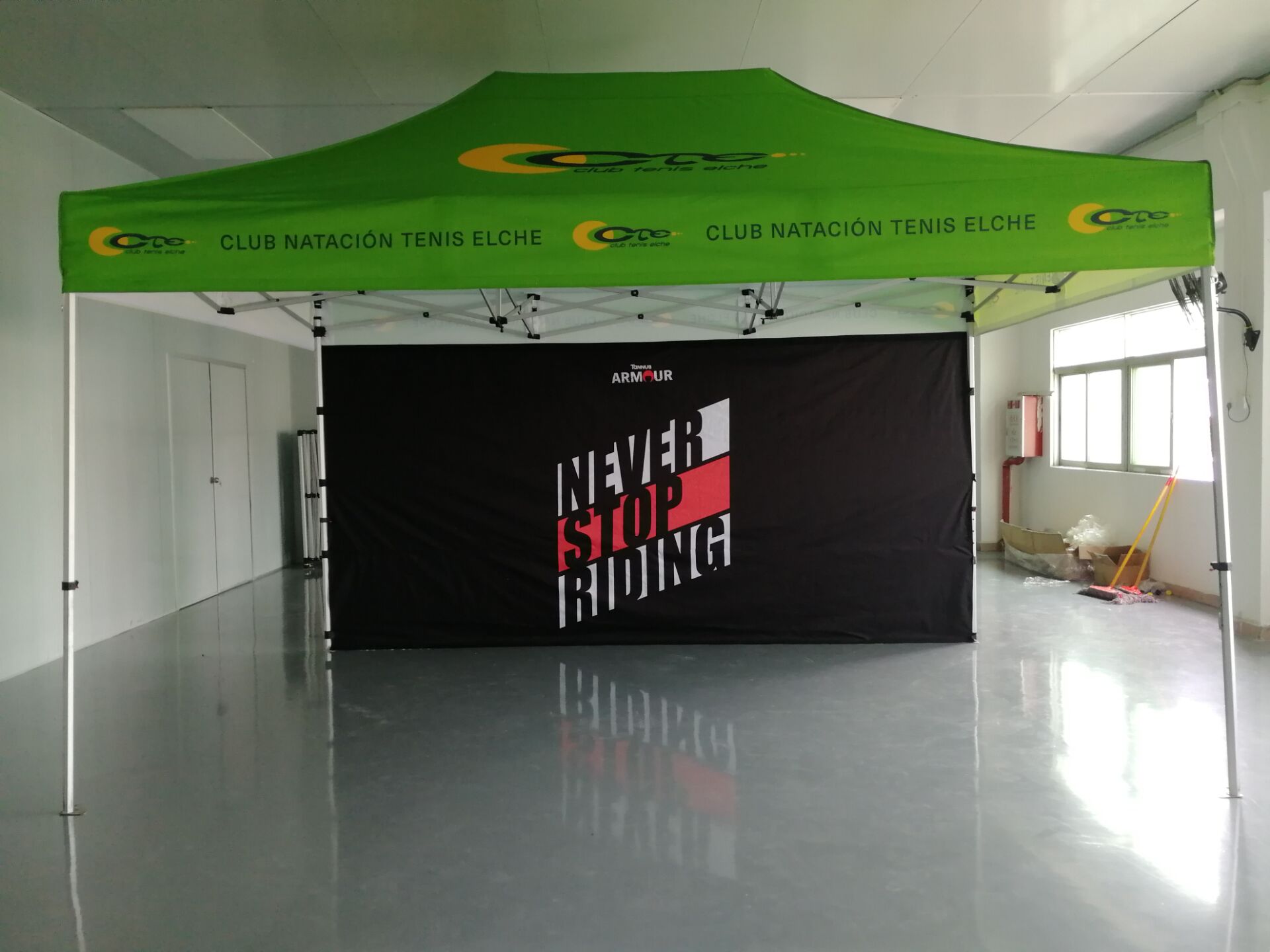
Where is User 10×20 canopy tent with sidewalls used for?
Outdoor Events: Whether it’s a family gathering, birthday party, or community event, the sidewalls provide additional protection from the sun, wind, and rain, creating a comfortable space for guests.
Markets and Vendor Booths: Ideal for vendors at markets, fairs, or trade shows. The sidewalls can help secure the merchandise, provide a backdrop for displays, and offer protection for both vendors and customers.
Commercial Promotions: Useful for businesses conducting outdoor promotions, product launches, or brand activations. The sidewalls can be used to create a semi-private space for meetings, demonstrations, or showcasing products.
Catering and Food Events: When used for catering or food booths, sidewalls offer protection against elements like wind and dust. They also help in maintaining a controlled environment for food preparation.
Outdoor Workshops or Classes: Suitable for outdoor workshops, classes, or training sessions where a semi-enclosed space is needed. The sidewalls can provide privacy and reduce distractions.
Weddings and Special Occasions: In outdoor wedding ceremonies or special events, a canopy tent with sidewalls can create an intimate and protected space for the ceremony, reception, or guest seating.
Emergency Shelters: Can be used as temporary shelters during emergencies or outdoor medical clinics. The sidewalls add an extra layer of protection for those seeking shelter.
Backyard Parties: For personal use, such as birthday parties, barbecues, or casual gatherings, the sidewalls can enhance the overall experience by providing shade and protection.

The primary difference between a 10×20 canopy tent and a 10×20 canopy tent labeled as “heavy-duty” lies in the construction materials, frame design, and overall durability. Let’s break down the distinctions:
Materials:
- 10×20 Canopy Tent: Standard canopy tents are often constructed with lightweight materials to facilitate easy setup and portability. Common materials include lightweight polyester or nylon for the canopy and a frame made of steel or aluminum.
- 10×20 Heavy-Duty Canopy Tent: Heavy-duty canopy tents are designed with more robust and durable materials. The canopy material may be thicker, and the frame may use heavier-gauge steel or reinforced aluminum to withstand greater stress and provide long-lasting durability.
Frame Design:
- 10×20 Canopy Tent: Standard canopy tents typically have frames designed for easy and quick setup, but they may sacrifice some sturdiness. They are suitable for temporary use in fair weather conditions.
- 10×20 Heavy-Duty Canopy Tent: Heavy-duty canopy tents often feature stronger and more reinforced frame designs. This includes reinforced joints, thicker frame legs, and additional support structures to enhance stability and withstand more challenging weather conditions.
Durability:
- 10×20 Canopy Tent: Standard canopy tents are suitable for occasional use in mild weather conditions. They may not be as durable in prolonged or adverse weather situations.
- 10×20 Heavy-Duty Canopy Tent: Heavy-duty canopy tents are built to withstand more demanding conditions, making them suitable for frequent use in various weather scenarios, including windy or rainy conditions.
Intended Use:
- 10×20 Canopy Tent: Typically used for personal events, casual gatherings, or occasional outdoor use where heavy-duty construction may not be necessary.
- 10×20 Heavy-Duty Canopy Tent: Suited for commercial or professional use, frequent outdoor events, or situations where durability and stability are critical.
Cost:
- 10×20 Canopy Tent: Generally more budget-friendly due to the use of lighter materials and a simpler frame design.
- 10×20 Heavy-Duty Canopy Tent: May be priced higher due to the use of more durable materials and a reinforced frame structure.
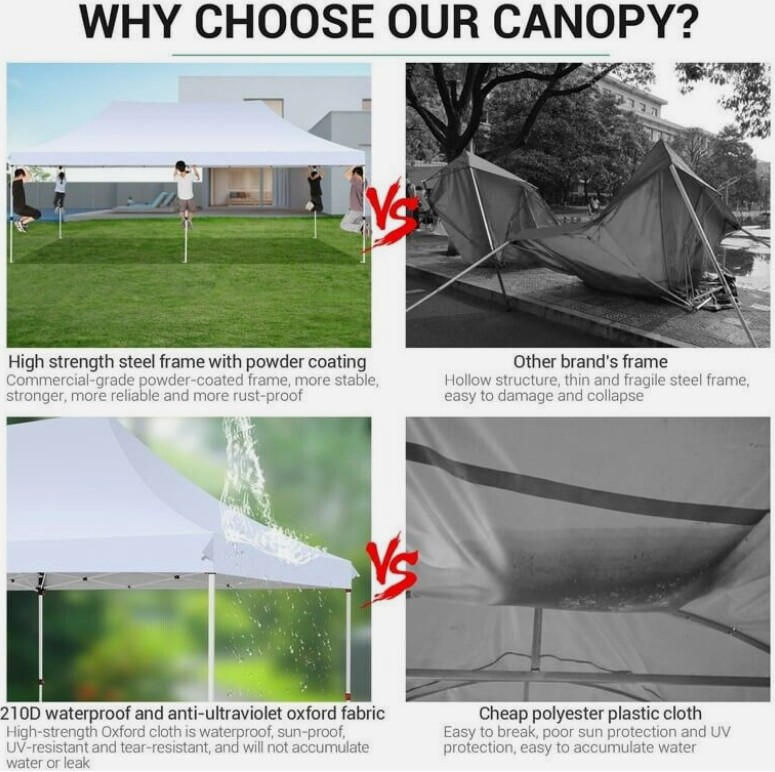
When selecting a 10×20 heavy-duty canopy, consider:
Intended Use:
- Heavy-duty canopies are suitable for a range of applications, including commercial events, outdoor markets, trade shows, construction sites, and other situations where a durable and reliable shelter is needed.
Portability:
- While heavy-duty canopies may be heavier than standard models due to the sturdier materials used, they are often still designed to be portable. Look for features such as carrying bags or cases to facilitate transport.
Warranty:
- Manufacturers of heavy-duty canopies often provide longer warranties, reflecting their confidence in the product’s durability. Check the warranty terms to understand the level of support provided.

If you’re looking to purchase a 10×20 canopy frame only:
it’s important to ensure compatibility with your existing canopy top or sidewalls or to purchase those components separately. Here are some considerations when looking for a 10×20 canopy frame:
Frame Material:
- Determine the material of the frame, whether it’s made of steel or aluminum. Both materials have their advantages – steel is generally heavier but more robust, while aluminum is lighter and resistant to rust.
Frame Design:
- Consider the design features of the frame, such as whether it is collapsible, has push-button mechanisms for easy setup, or includes additional support features for stability.
Size and Dimensions:
- Ensure that the frame dimensions match the size of the canopy top you plan to use. A 10×20 frame should have the appropriate width and length to accommodate a 10×20 canopy.
Compatibility:
- Verify that the frame is compatible with the brand and model of the canopy top or sidewalls you currently have or plan to purchase. Not all frames are universal, so checking compatibility is crucial.
Replacement Parts:
- If you are purchasing a replacement frame, make sure that replacement parts are readily available. This ensures that you can easily find and replace any damaged or worn components in the future.
Weight and Portability:
- Consider the weight of the frame if portability is a factor. Aluminum frames are generally lighter than steel frames, making them more suitable for situations where frequent transport is required.
Brand Reputation:
- Choose frames from reputable manufacturers known for producing durable and reliable canopy frames. Research customer reviews to gauge the performance and satisfaction of other users.
Warranty:
- Check if the frame comes with a warranty. A warranty can provide peace of mind regarding the durability and quality of the frame.
Accessories:
- Determine if the frame includes any additional accessories or features, such as adjustable height settings, reinforced joints, or leg caps for secure anchoring.
Budget:
- Establish a budget for the frame purchase. Prices may vary based on the material, design, and brand reputation.

How many people can 10×20 canopies accommodate?
The capacity of a 10×20 canopy in terms of accommodating people depends on the specific setup, intended use, and the arrangement of furniture or other items within the space. Here are some general guidelines:
Standing Capacity:
- For events where people will be standing, a 10×20 canopy can comfortably accommodate approximately 20 to 40 people, depending on factors such as the event’s nature, spacing requirements, and the presence of additional equipment or features.
Seated Capacity:
- If you plan to use tables and chairs for a seated arrangement, the capacity will be more limited. A 10×20 canopy with tables and chairs might comfortably seat around 16 to 20 people. Keep in mind that this number can vary based on the type and size of tables and chairs used.
Event-Specific Considerations:
- The number of people a 10×20 canopy can accommodate also depends on the nature of the event. For example, a trade show booth or product display may require less space per person compared to a social gathering or party.
Regulatory Guidelines:
- Be aware of any local regulations or guidelines that specify occupancy limits for outdoor structures. Compliance with these guidelines is essential for safety and legal reasons.
Additional Space Requirements:
- Consider the need for additional space for walkways, displays, or other event features. The more items you have within the canopy, the fewer people it can comfortably accommodate.
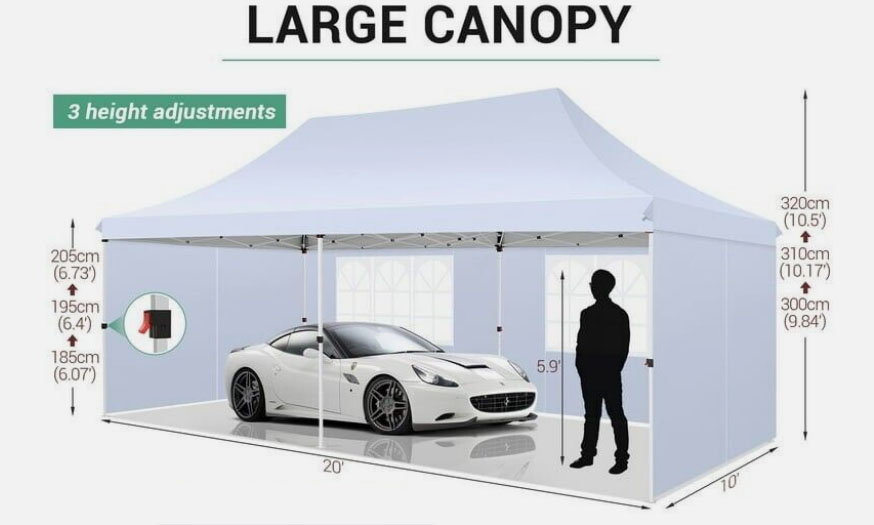
What does 10×20 booth designs need to consider?
Designing a 10×20 booth requires careful consideration of various elements to create an attractive, functional, and effective space. Whether for a trade show, exhibition, or any other event, here are key factors to consider for a 10×20 booth design:
Objective and Messaging:
- Clearly define the purpose of your booth. Whether it’s showcasing products, promoting services, or generating leads, ensure that your messaging is concise, compelling, and aligns with your business goals.
Branding:
- Use consistent branding elements such as logos, colors, and signage to create a cohesive and recognizable brand presence. A visually appealing booth reinforces brand identity.
Layout and Flow:
- Plan the layout to optimize the flow of traffic. Consider creating inviting entry points, clear pathways, and strategic areas for product displays, demonstrations, or interactions with attendees.
Graphics and Signage:
- Use high-quality graphics and signage to attract attention from a distance. Ensure that your branding and key messages are prominently displayed and easy to read.
Lighting:
- Incorporate effective lighting to highlight key elements of your booth. Well-placed lighting can enhance visibility, create focal points, and contribute to the overall ambiance.
Product Displays:
- If showcasing products, plan for visually appealing and accessible displays. Consider product arrangement, interactive elements, and informational signage to engage visitors.
Interactive Elements:
- Incorporate interactive elements such as touchscreens, demos, or interactive displays to engage attendees and create a memorable experience.
Furniture and Seating:
- Choose furniture that complements your booth’s design and provides comfortable seating for discussions or demonstrations. Ensure that furniture doesn’t obstruct the flow of traffic.
Storage:
- Plan for storage solutions to keep the booth organized and clutter-free. Hidden storage or branded storage solutions can help maintain a polished appearance.
Branded Giveaways:
- Consider providing branded giveaways or promotional materials to attract visitors and leave a lasting impression. Ensure that these items align with your brand message.
Technology Integration:
- Integrate technology such as tablets, monitors, or virtual presentations to enhance engagement and convey information effectively.
Staffing:
- Train booth staff to be knowledgeable, approachable, and effective in engaging with attendees. Staff should be prepared to answer questions and represent the brand professionally.
Lead Capture:
- Implement a lead capture system to collect contact information from interested attendees. This can include digital tools or traditional methods like business cards.
Regulatory Compliance:
- Ensure compliance with event regulations, venue rules, and safety standards. This includes adherence to height restrictions, fire codes, and any other guidelines set by the event organizers.
Testing and Rehearsals:
- Conduct testing and rehearsals before the event to ensure that all elements work seamlessly. This includes technology, lighting, and any interactive components.

Here are key features and considerations for a 10×20 all-purpose canopy:
A 10×20 all-purpose canopy refers to a versatile and adaptable canopy tent that can serve a variety of purposes in different settings. These canopies are commonly used for outdoor events, parties, markets, trade shows, camping, and more. Here are key features and considerations for a 10×20 all-purpose canopy:
Size: The 10×20 dimensions provide a spacious area, suitable for accommodating a moderate number of people or setting up displays and products.
Material: Look for canopies made from durable and weather-resistant materials. Common canopy materials include polyester, polyethylene, or vinyl. Ensure that the material provides UV protection and is water-resistant.
Frame Material: Consider the frame material, which is usually made of steel or aluminum. Steel frames are robust but heavier, while aluminum frames are lighter and more portable. Choose based on your preferences and the intended use.
Design: Opt for a design that allows for easy setup and takedown. Pop-up or instant canopies are popular choices for quick assembly.
Portability: Check for features that enhance portability, such as a collapsible frame and a carrying bag. Portability is crucial for events and activities that require frequent transportation.
Stability: Assess the stability of the canopy, especially in varying weather conditions. Some canopies come with anchor systems or weighted bags to improve stability.
Sidewalls: Determine if the canopy comes with sidewalls or if they are available as additional accessories. Sidewalls can provide extra protection, privacy, and versatility.
Height Adjustment: Some canopies offer adjustable height settings. This feature allows you to customize the canopy’s height based on your needs.
Versatility: An all-purpose canopy should be versatile enough to adapt to different situations. Consider whether it can be used for both personal and commercial purposes.
Ventilation: Look for canopies with ventilation features, such as mesh windows or vents. This helps improve airflow inside the canopy.
Brand Reputation: Choose canopies from reputable brands with positive customer reviews. A reliable brand is more likely to offer durable and high-quality products.
Warranty: Check the warranty offered by the manufacturer. A longer warranty period indicates confidence in the canopy’s durability.
Budget: Determine your budget range and look for a canopy that meets your requirements without exceeding your budget.
10x15ft Custom Tent Manufacturer
10x15ft Custom Printed Awnings
10×15 Custom Canopy Covers



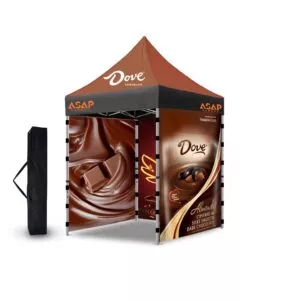
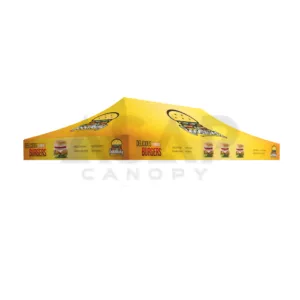
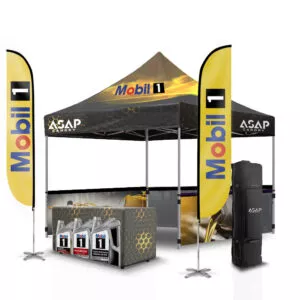
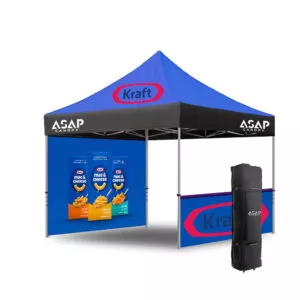
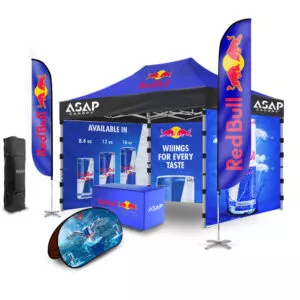
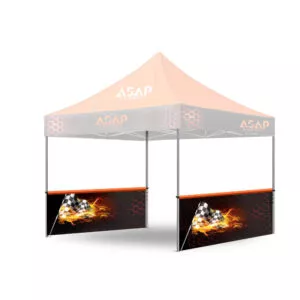

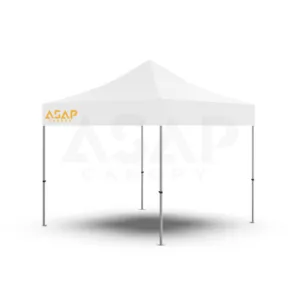
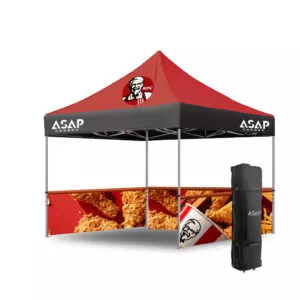

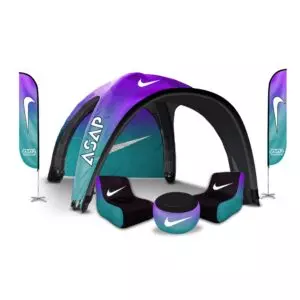
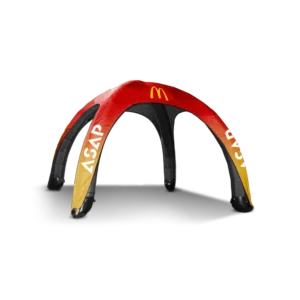
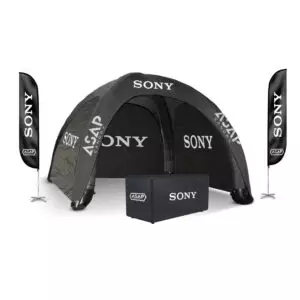
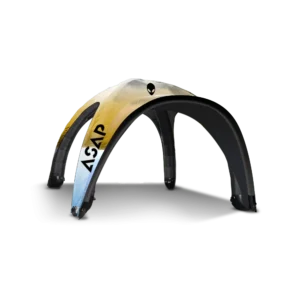
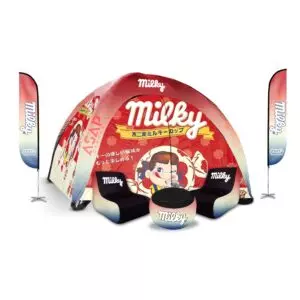

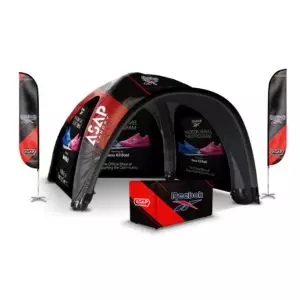
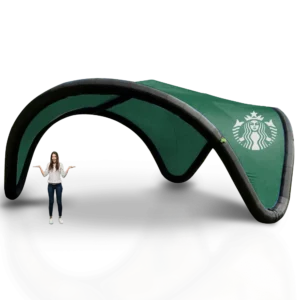
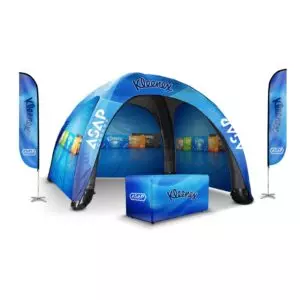

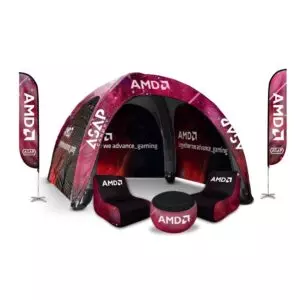
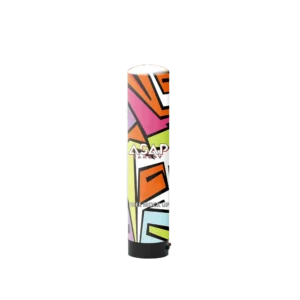

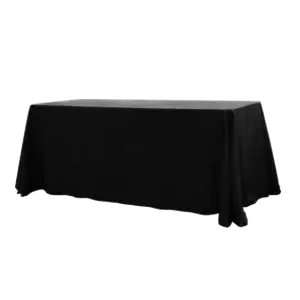

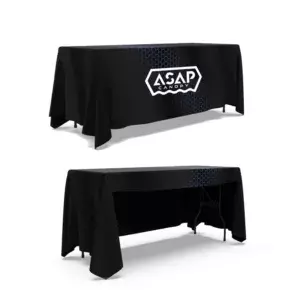

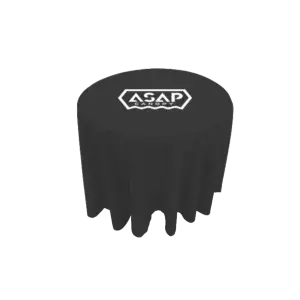
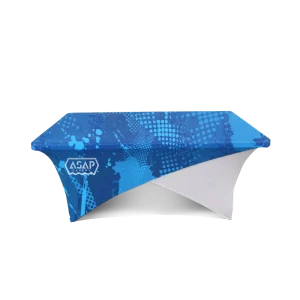
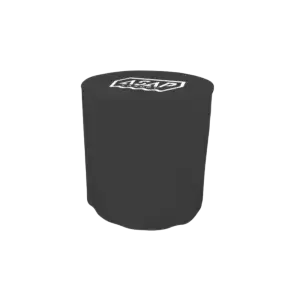
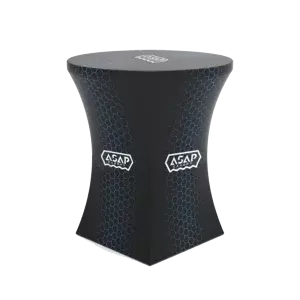
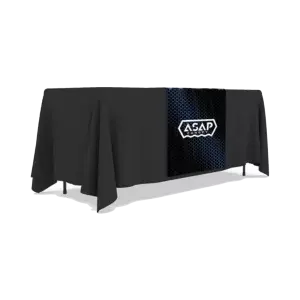
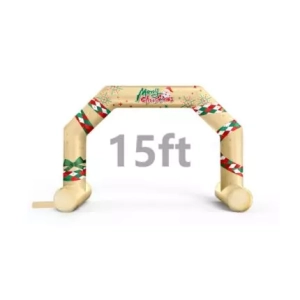
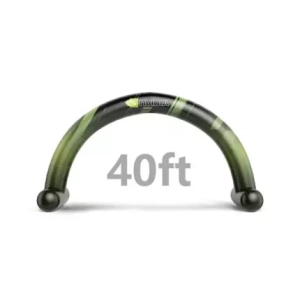
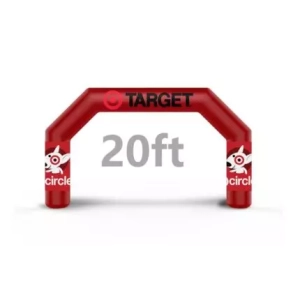
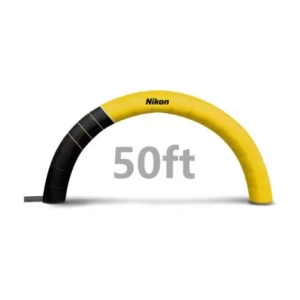

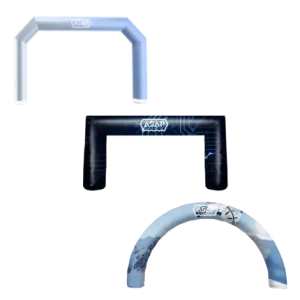
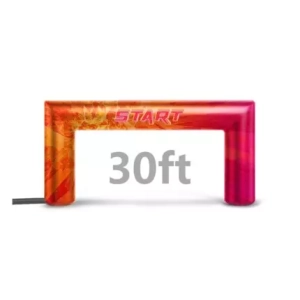



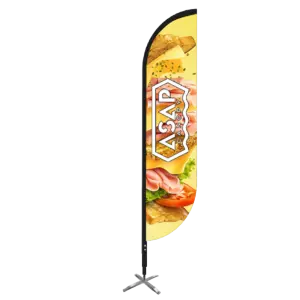
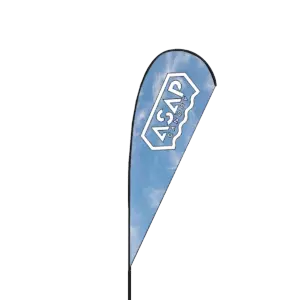
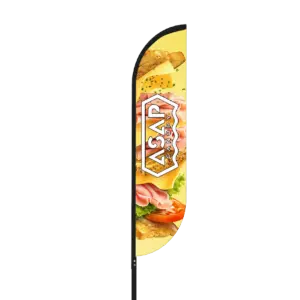

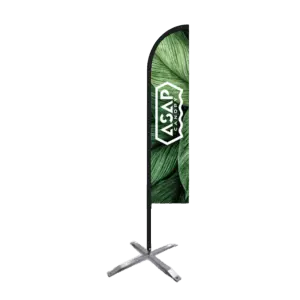

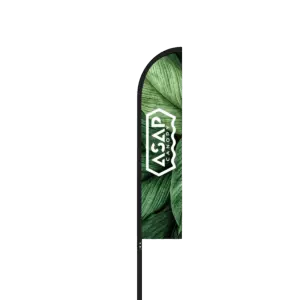



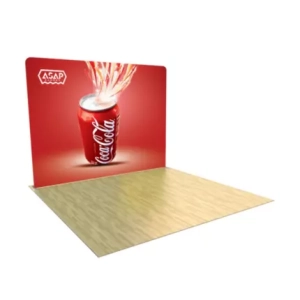
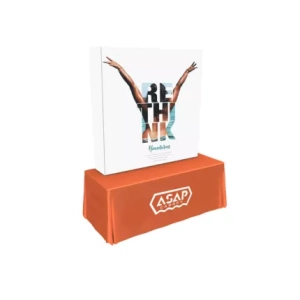
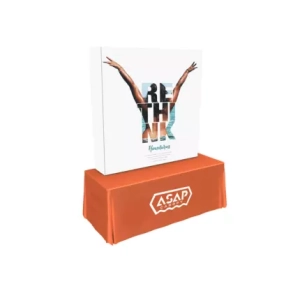
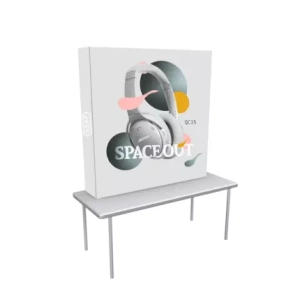
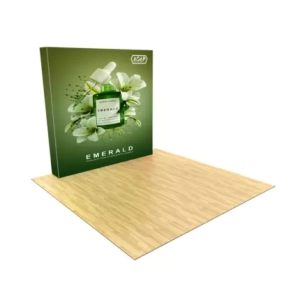
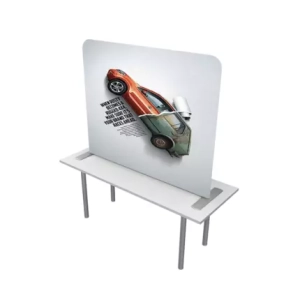
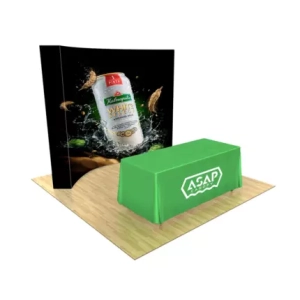
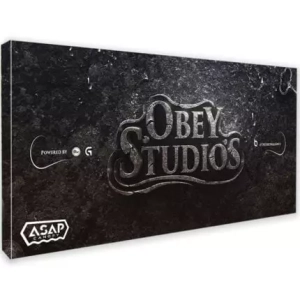







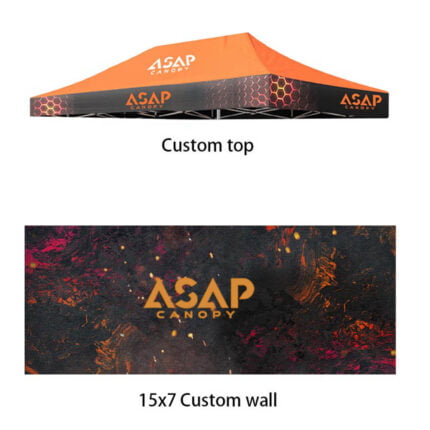

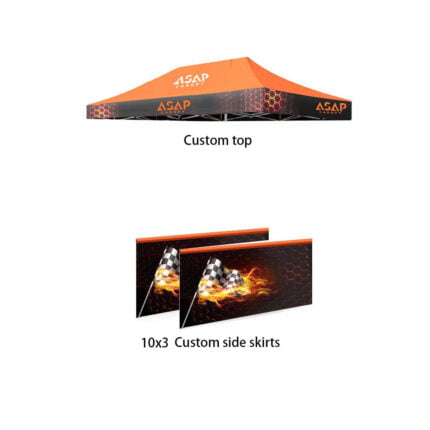
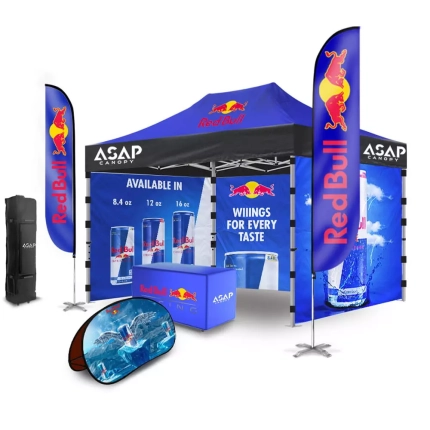
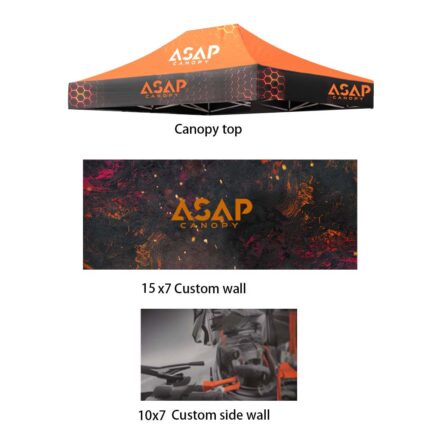
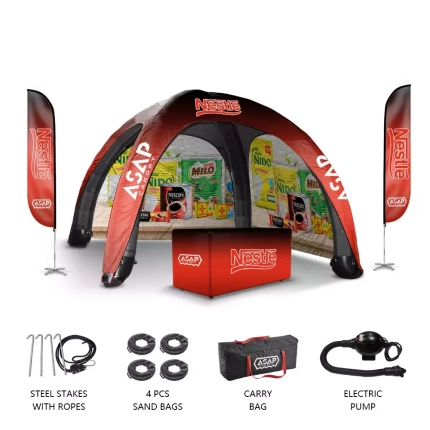


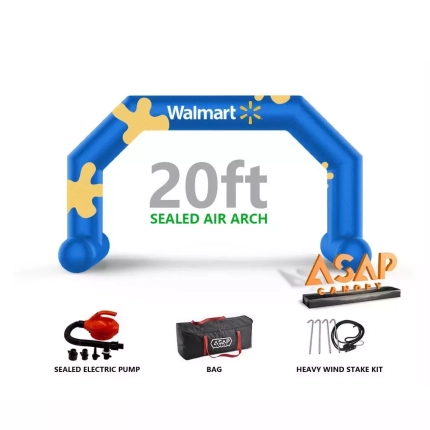
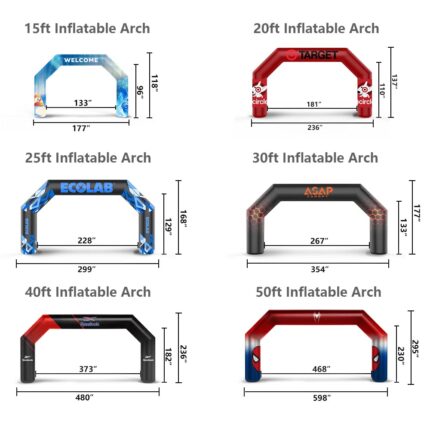
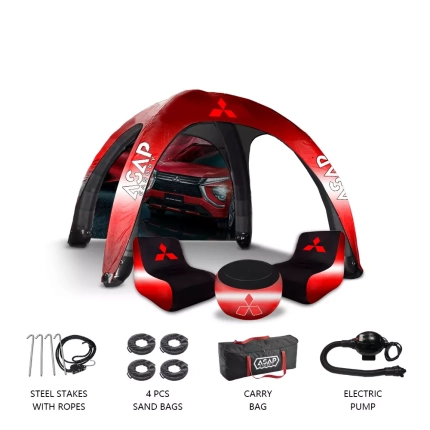

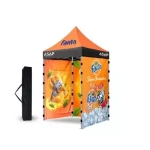 5×5 Pop Up Tent
5×5 Pop Up Tent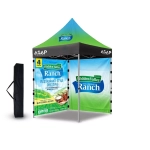 6.5×6.5 Pop Up Tent
6.5×6.5 Pop Up Tent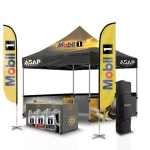 10×10 Canopy Tent
10×10 Canopy Tent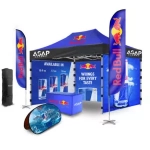 10×15 Canopy Tent
10×15 Canopy Tent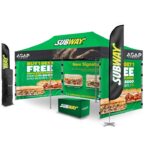 10×20 Canopy Tent
10×20 Canopy Tent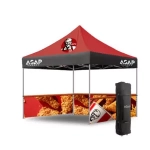 Canopy Options
Canopy Options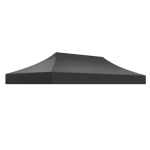 Blank Canopy Top
Blank Canopy Top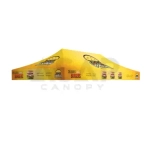 Canopy Top
Canopy Top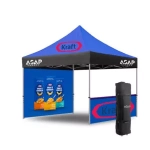 Canopy Walls
Canopy Walls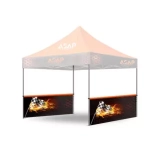 Canopy Side Skirt
Canopy Side Skirt Blank Canopy
Blank Canopy Blank Canopy Kit
Blank Canopy Kit
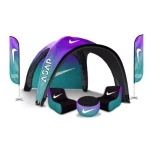 Inflatable Canopy Tents 10×10
Inflatable Canopy Tents 10×10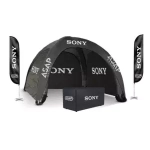 Inflatable Canopy Tents 13×13
Inflatable Canopy Tents 13×13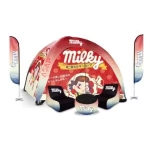 Inflatable Canopy Tents 16×16
Inflatable Canopy Tents 16×16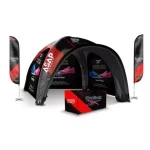 Inflatable Canopy Tents 20×20
Inflatable Canopy Tents 20×20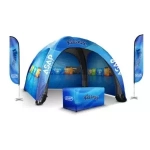 Inflatable Canopy Tents 23×23
Inflatable Canopy Tents 23×23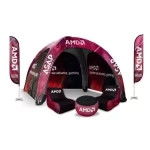 Inflatable Canopy Tents 26×26
Inflatable Canopy Tents 26×26 Inflatable Spider Tents
Inflatable Spider Tents Inflatable Dome Tents
Inflatable Dome Tents Inflatable Eclipse Tents
Inflatable Eclipse Tents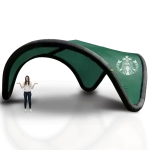 Inflatable Party Tent
Inflatable Party Tent Inflatable Furniture
Inflatable Furniture Inflatable Pillar
Inflatable Pillar
 Single Pole Star Tents
Single Pole Star Tents Double Pole Star Tents
Double Pole Star Tents
 15FT Inflatable Arches
15FT Inflatable Arches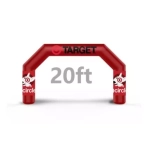 20FT Inflatable Arches
20FT Inflatable Arches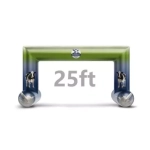 25FT Inflatable Arches
25FT Inflatable Arches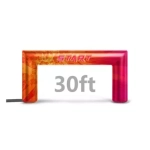 30FT Inflatable Arches
30FT Inflatable Arches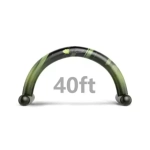 40FT Inflatable Arches
40FT Inflatable Arches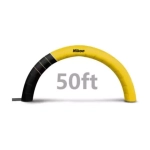 50FT Inflatable Arches
50FT Inflatable Arches Custom Constant Arches
Custom Constant Arches Custom Sealed Arches
Custom Sealed Arches
 Fitted Table Covers
Fitted Table Covers Stretch-Fit Table Covers
Stretch-Fit Table Covers Loose Table Throws
Loose Table Throws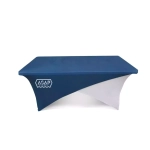 Cross-Over Stretch-Fit Table Cover
Cross-Over Stretch-Fit Table Cover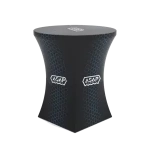 Round Stretch-Fit Table Cover
Round Stretch-Fit Table Cover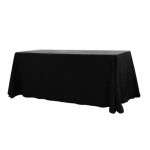 Blank Table Throws
Blank Table Throws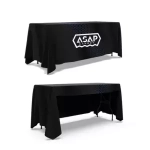 3-Sided Loose Table Throw
3-Sided Loose Table Throw Round Fitted Table Covers
Round Fitted Table Covers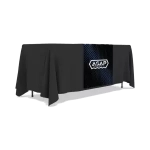 Table Runners
Table Runners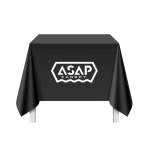 Square Table Covers
Square Table Covers
 Feather Flags
Feather Flags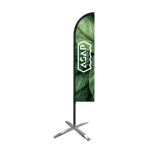 Blade Flags
Blade Flags Feather Banner
Feather Banner Blade Banner
Blade Banner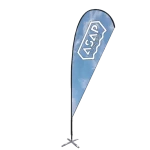 Teardrop Flags
Teardrop Flags Teardrop Banner
Teardrop Banner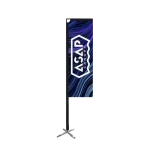 Rectangle Flags
Rectangle Flags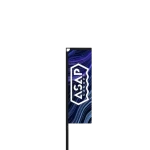 Rectangle Banner
Rectangle Banner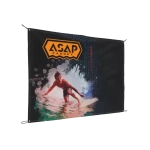 Mesh Event Banners
Mesh Event Banners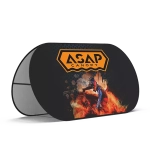 Pop Out Banner Horizontal
Pop Out Banner Horizontal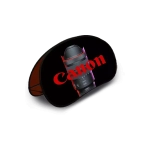 Pop-Out Banner Vertical
Pop-Out Banner Vertical
 Trade Show Display
Trade Show Display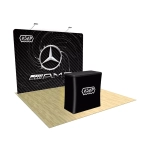 Trade Show Display Kit
Trade Show Display Kit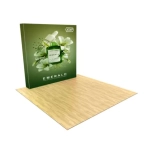 Pop Up Trade Show Display
Pop Up Trade Show Display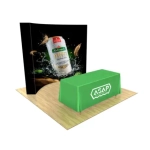 Pop Up Trade Show Display Deluxe Kit
Pop Up Trade Show Display Deluxe Kit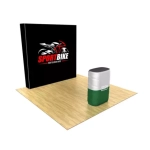 Pop Up Trade Show Display Kit
Pop Up Trade Show Display Kit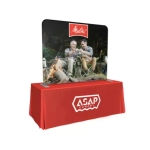 TableTop Displays Kit
TableTop Displays Kit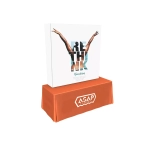 Pop Up Tabletop Display Kit
Pop Up Tabletop Display Kit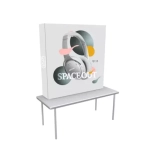 Pop Up Tabletop Display
Pop Up Tabletop Display Tabletop Display
Tabletop Display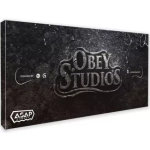 Straight Trade Show Exhibit Booth
Straight Trade Show Exhibit Booth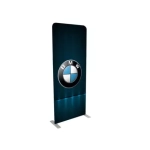 Banner Stand
Banner Stand
 Tent Accessories
Tent Accessories Flag Accessories
Flag Accessories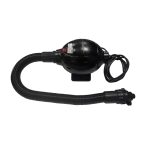 Arch Accessories
Arch Accessories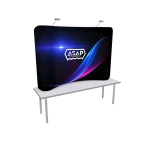 Trade Show Accessories
Trade Show Accessories
